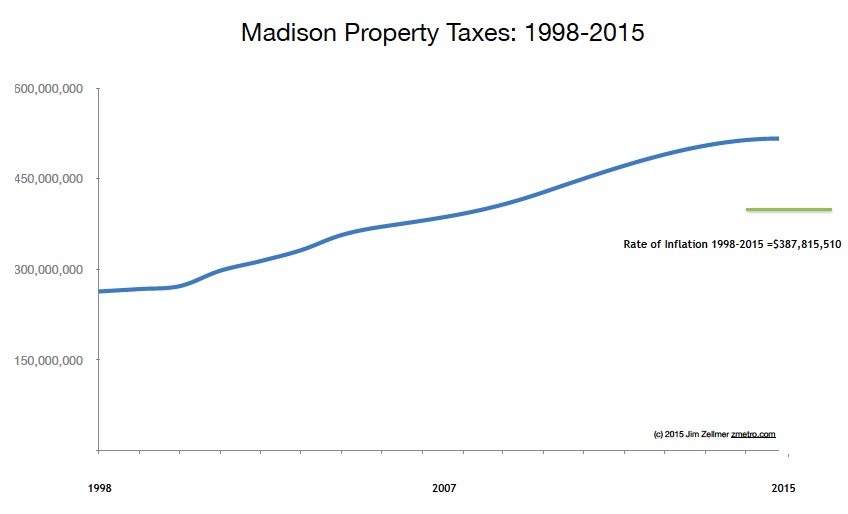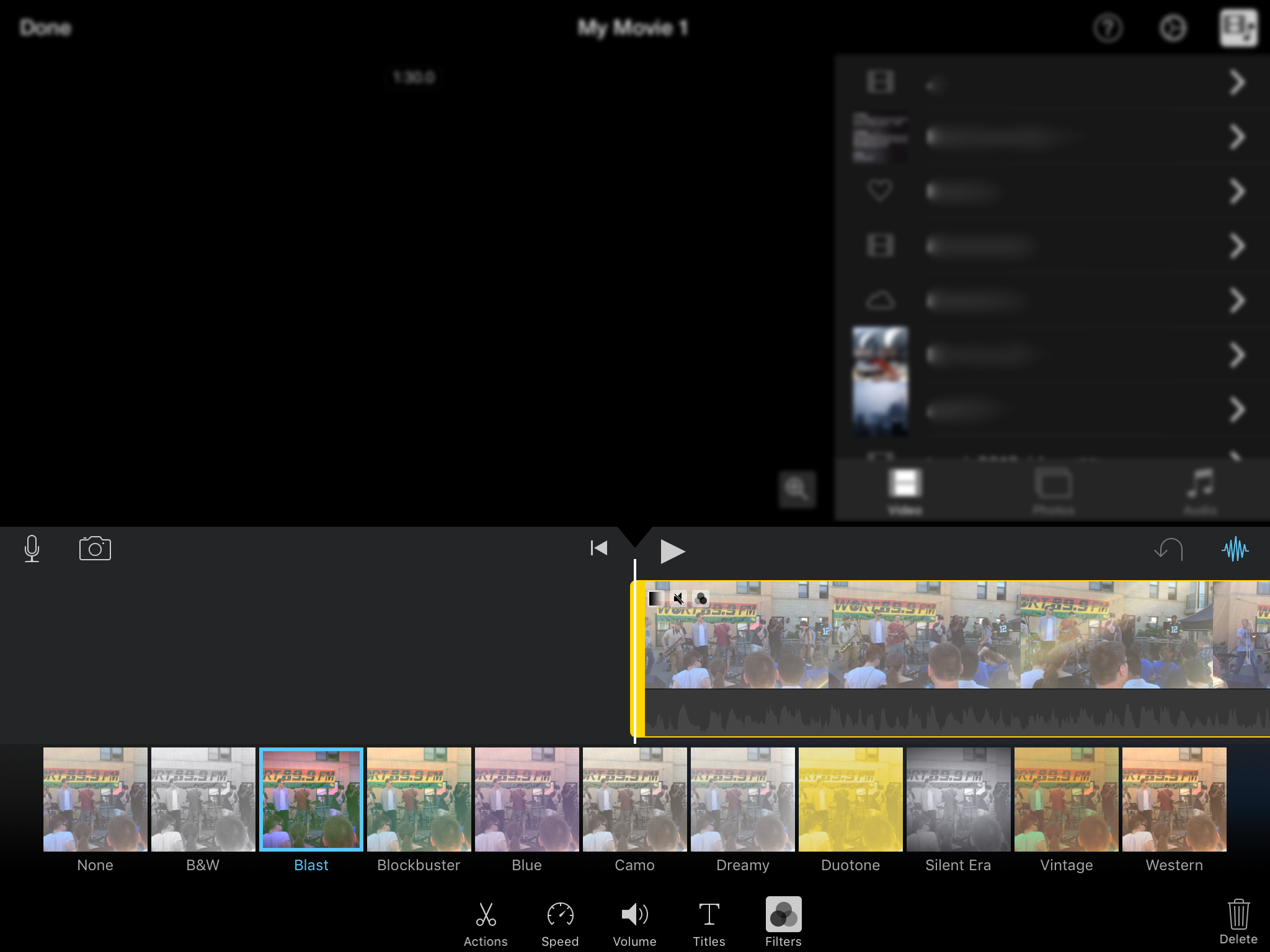The majority of fans think the Packers can do no wrong, or at the very least deserve the benefit of every doubt. The team’s decision-makers are well aware of this, and thus are able to make whatever moves they want confident they will be supported in the court of public opinion and by the largely benign media corps in Wisconsin.
….
On Monday morning, McCarthy didn’t answer directly when asked when he learned of the criminal charges from domestic violence incidents faced by Guion.
McCarthy used the word “garbage” to describe his reaction to the impeccably reported, balanced account.
On Monday afternoon, the Journal Sentinel’s Michael Cohen, one of the two writers on the Guion story, was on the sidelines covering practice. Rob Davis, the team’s director of player engagement since 2008, continually gestured and stared in Cohen’s direction.
When Cohen was looking down at his roster taking player attendance, Davis came over and placed his head about a foot from Cohen’s head. Startled, Cohen introduced himself to Davis and extended his hand.
“No, we haven’t met,” said Davis, refusing to shake Cohen’s hand. “And I don’t want to know you.”
Later, Davis told me he confused Cohen with another reporter. That’s a reporter he has known for about 20 years and outweighs Cohen by at least 50 pounds.
“I got nothing to say about that,” said Davis. “I wasn’t messing with him … why would I be angry? I’ve got nothing to be angry about.”
Davis, a one-time bouncer for Dennis Rodman, is part of the team’s inner circle and a first contact for players, wives and girlfriends on all types of issues. One interpretation is Davis bullied Cohen, and in a league with many anti-bullying initiatives his actions were regrettable, to say the least.
It’s possible the Packers’ three top decision-makers won’t comment specifically because they’re embarrassed about their vetting practices.
Not a few years ago, a Madison area reporter covering the University of Wisconsin Badgers football team was banished to covering the Milwaukee Brewers after asking what I considered rather mild questions.
It is important to remember that we support this directly and indirectly via tickets, cable tv, advertising and stadium taxes.
Fiscal indulgences play a role as well.
RIP, Grantland.
Of course, this pales in comparison to Madison’s long term disastrous reading results, another matter that lacks attention.




















